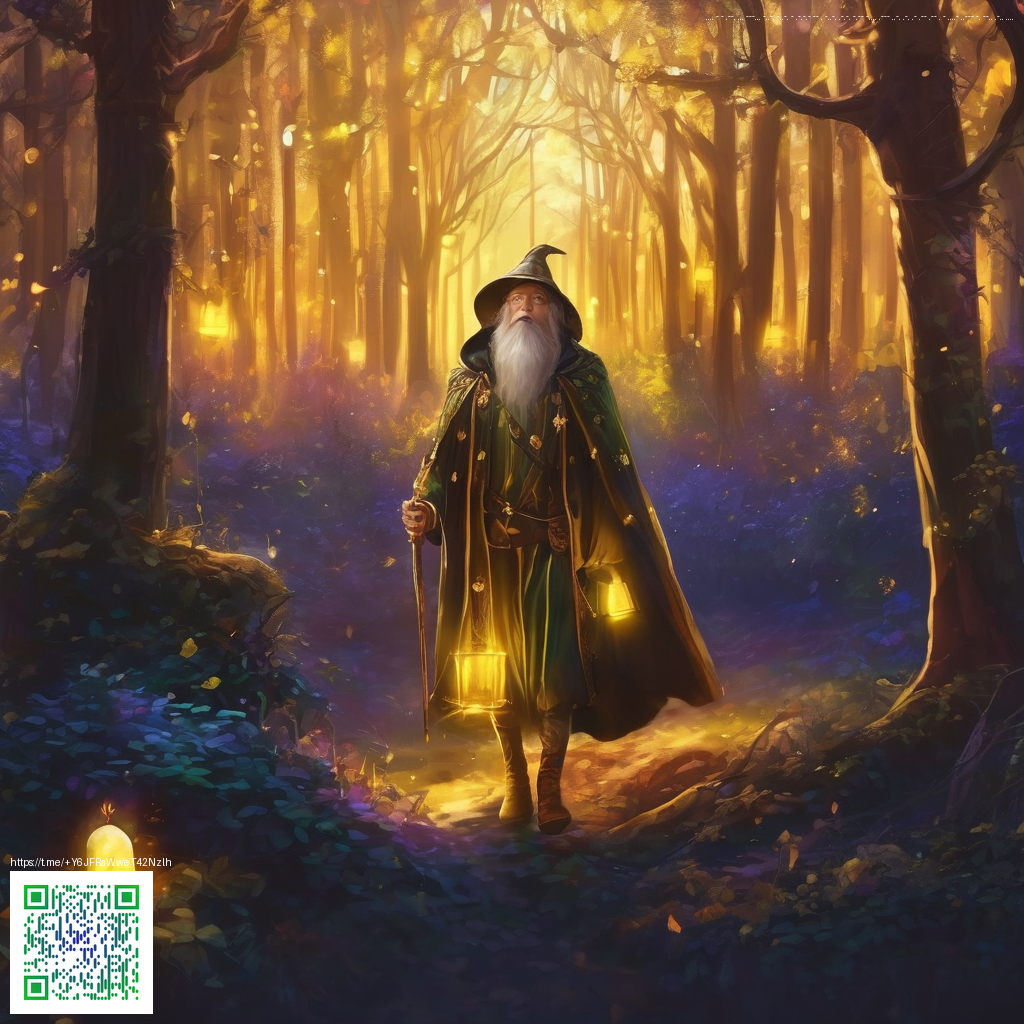Hearthstone vs MTG Arena: Which Digital Card Game Wins
In the crowded world of digital card games, Hearthstone and Magic: The Gathering Arena stand out as two of the most influential titles. Both games center on deck-building, clever sequencing, and reading your opponent, yet they diverge in design philosophy, pace, and strategic depth. If you’re weighing which experience to dive into, this comparison aims to illuminate where the win goes depending on what you value most—accessibility, depth, or competitive flow.
Core mechanics and design philosophy
Hearthstone is often celebrated for its approachable entry point. Its mana system is straightforward: you gain a fixed number of mana crystals each turn, streamlining decision-making and encouraging quick, high-tempo play. This accessibility makes it easy to pick up and start enjoying with friends or in quick matches. By contrast, MTG Arena adheres more closely to traditional Magic rules. Land drops, mana acceleration, and more nuanced card interactions demand long-term planning and a willingness to juggle multiple resources. The result is a deeper, punishing layer of strategic thinking that rewards patient, methodical play.
“Hearthstone rewards snappy tempo and bold plays, while MTGA rewards careful hand management and long-term planning.”
For players who crave variety, the two titles diverge in card design philosophy as well. Hearthstone emphasizes bold, synergistic combos with compact card text and a fast-paced tempo. MTG Arena, on the other hand, leans into the expansive lore and broader rule interactions that Magic fans expect, offering more intricate combos, stack interactions, and color-based color-m-intensive decisions. If you enjoy puzzle-like drafting and a test of mental notation, MTGA shines; if you prefer quick, satisfying bursts of action, Hearthstone delivers.
Accessibility, onboarding, and player experience
From onboarding to ongoing play, Hearthstone generally feels smoother for new players. Its crafted tutorial, shorter matches, and forgiving mechanics help players experience meaningful wins early, which can be highly motivating for casual play and social gaming. MTG Arena, with its richer rule set and larger card pool, can feel daunting at first—but the payoff is a deeper strategic canvas once you acclimate. Both games support cross-platform play and regularly refresh with new content, but the journey to mastery in MTGA tends to be longer and more rewarding for those willing to invest the time.
Monetization, value, and progression
Both titles monetize through a mix of paid bundles, card packs, and cosmetic purchases, though their economies encourage different expressions of value. Hearthstone leans into a steady cadence of new expansion packs and adventures that unlock broader deck-building options while offering cosmetic overlays. MTG Arena emphasizes its collectible nature, with additional rares and mythics expanding strategic options and deck archetypes. For players who want a steady, bite-sized financial commitment with immediate cosmetic gratification, Hearthstone can be appealing; for those chasing a historically richer card pool with more pronounced rarity dynamics, MTGA holds long-term appeal.
Meta, balance, and the competitive scene
The tempo of balance patches and the pace of meta shifts differ between the two. Hearthstone tends to rebalance cards to maintain a lively, accessible ladder with frequent seasonal shifts. Its competitive ladder and occasional tournaments are built around fast cycles and evolving archetypes. MTG Arena’s meta often reflects the broader Magic ecosystem, with more pronounced shifts tied to set releases and limited formats like drafts. The Arena environment rewards speculating on card synergies that resonate across different formats, offering a deeper sense of strategic scale for dedicated players.
Desk setup, comfort, and the practical side of long sessions
Long card-game sessions aren’t just about the mind; they’re about comfort too. A reliable mouse mat can make a noticeable difference in your posture and precision during intense drafting or clutch board clears. For players who want a sustainable, vegan-friendly option with durable performance, consider the PU Leather Mouse Mat Non-Slip Vegan Leather Sustainable Ink. It blends a smooth glide with a tactile surface that stays put, helping you focus on the game rather than your desk. You can check it out on the product page here.
Ultimately, the decision comes down to what you value most in a digital card game. If your aim is quick gratification, social play, and a low barrier to entry, Hearthstone often wins on accessibility and tempo. If you’re after deep strategy, a broader strategic canvas, and the flavor of Magic rules—delivered in a polished digital package—MTG Arena is the superior arena for long-term learning and mastery.
Verdict: a win varies by player type
Both Hearthstone and MTG Arena offer compelling, distinct experiences. There isn’t a universal “best” between the two; rather, each game excels in its own lane. If you want instant gratification and a friendly, fast-paced environment, Hearthstone is likely your pick. If you relish layered decision-making, deck architecture, and a broader spectrum of interactions, MTGA deserves your attention. Whichever you choose, you’re stepping into a living, evolving card game universe with plenty of room to grow—and both communities welcome curious newcomers willing to learn and compete.
